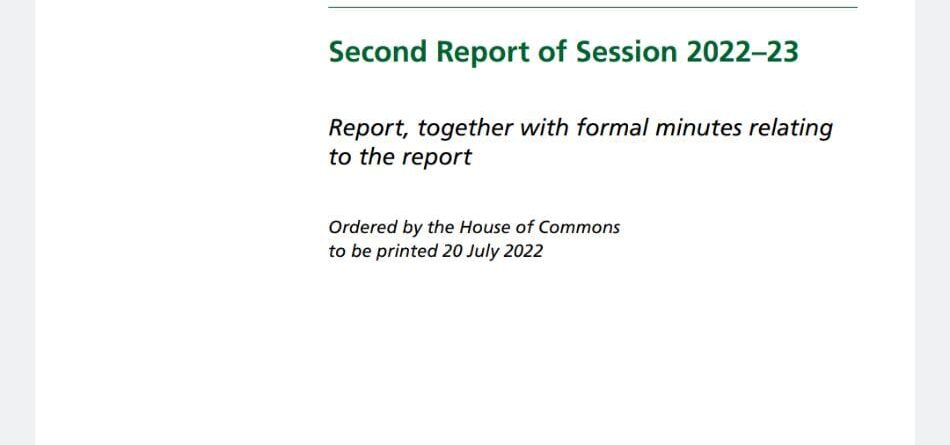The cost of living
We first took evidence on the cost of living crisis in February 2022, when inflation was forecast to peak at 7.25% in April 2022. Since then, we have seen the invasion of Ukraine compound the difficult economic picture and inflationary pressure seen internationally and domestically after the COVID-19 pandemic, and inflation now looks set to top 11% in October—the highest in 40 years. However, the context for the cost of living crisis and its impact on the poorest in our society reliant on social security support, particularly those of working age, must be recognised. According to the 2019 figures from the Resolution Foundation, social security spending will be around £34 billion lower in 2023–24 than it would have been if the 2010 social security system had remained in place. The UK’s social security support as a percentage of GDP is below EU-27 and OECD averages. Since our inquiry opened, the Government has announced a collection of measures to try and help households with the rising cost of living, initially in February and March and supplemented in May with a more substantial package. These interventions have been broadly welcomed, especially for combining universal support with more targeted payments delivered through the benefits system, and including those on legacy benefits. As well as recognition and gratitude for the scale of intervention, we have also heard some concerns. These often reflected more long standing problems with the UK’s social security system, which high inflation has laid bare. It also reflects the fact that the cost of living crisis is impacting heavily on those already most vulnerable, who rely on these safety nets. We urge the Government to simplify the support mechanisms to ensure households understand what support they are entitled to.
Read book here










